Already launched in Canada, the UK and in France, InsuJet™ offers needle-free insulin delivery to people with diabetes available in Europe.
Thanks to its jet injection technology, it optimizes insulin absorption, and allows you to perform your injections safely!
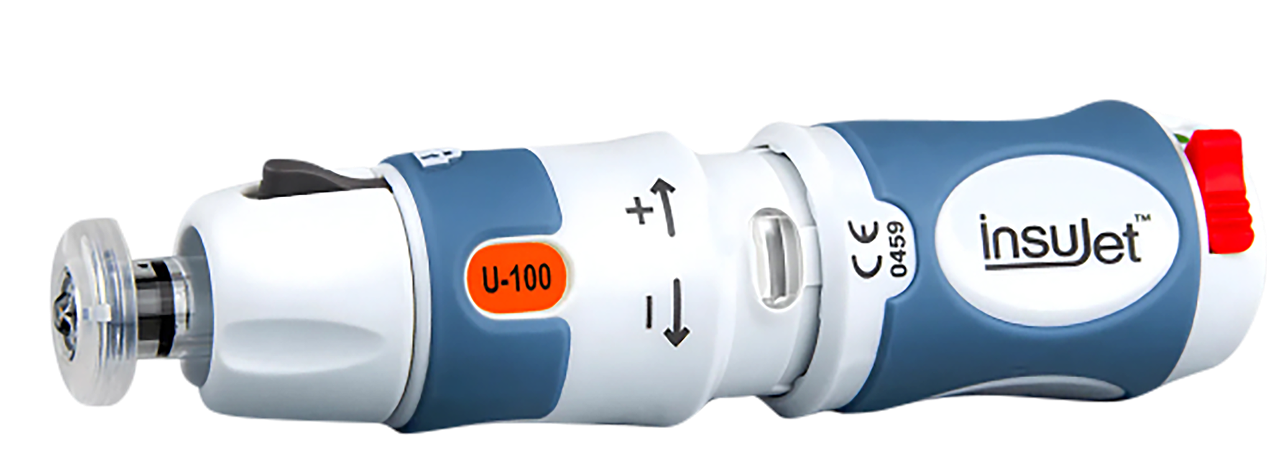
Traditional injection versus InsuJet™
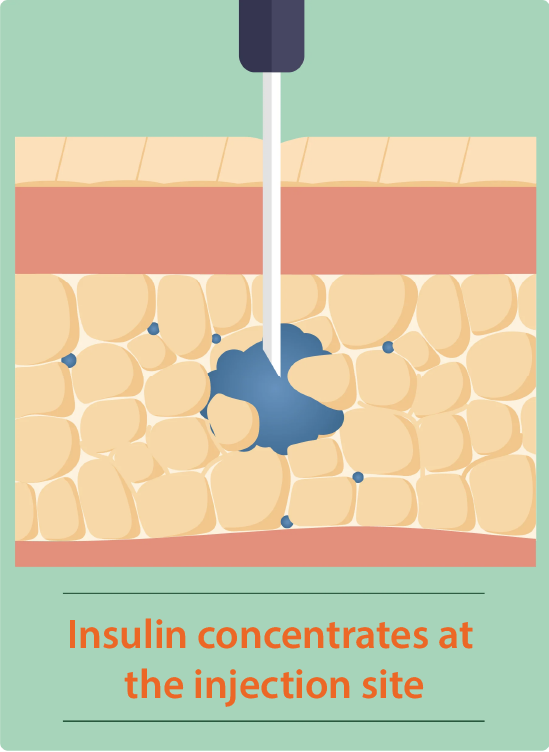
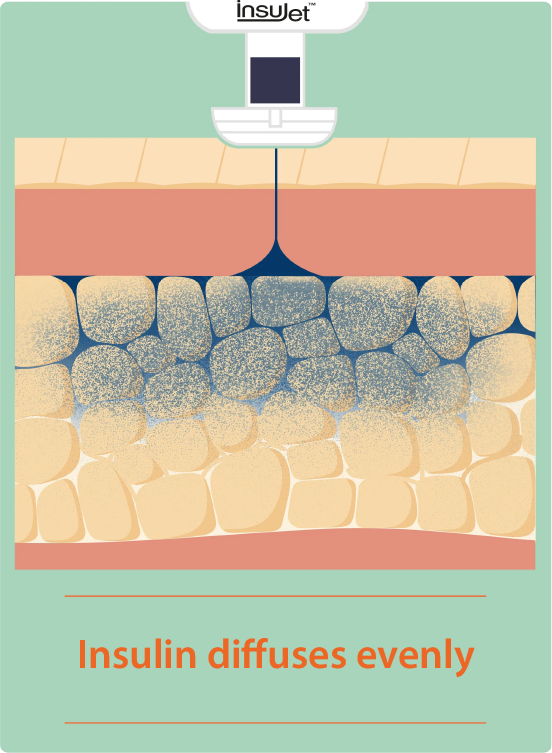


Insulin therapy made simple

Needle-free delivery
- Eliminates needle anxiety
- Removes the risk of needle stick injury
- No sharps waste


Faster and effective absorption
- Optimized peak action
- Improved glycemic control
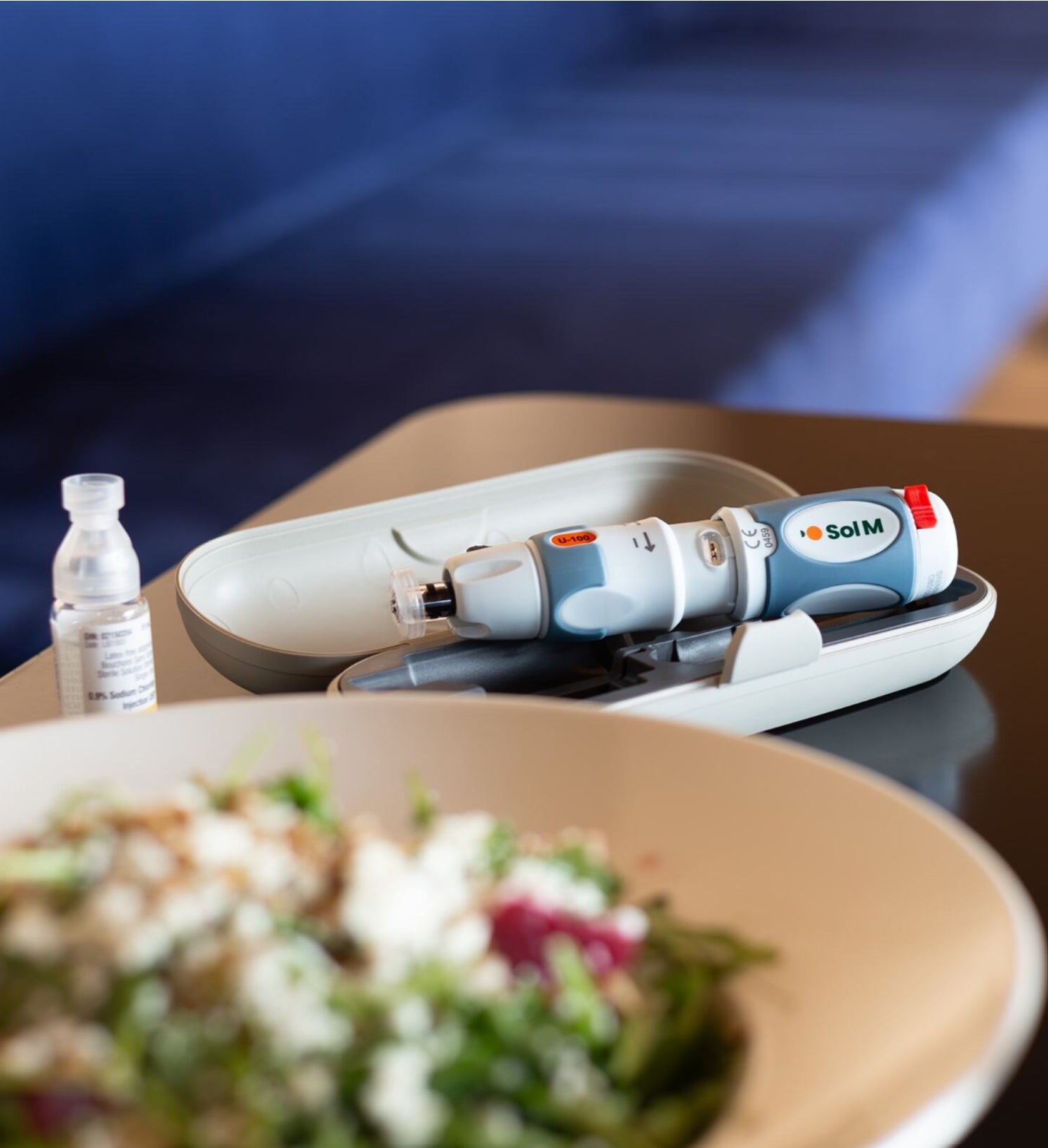
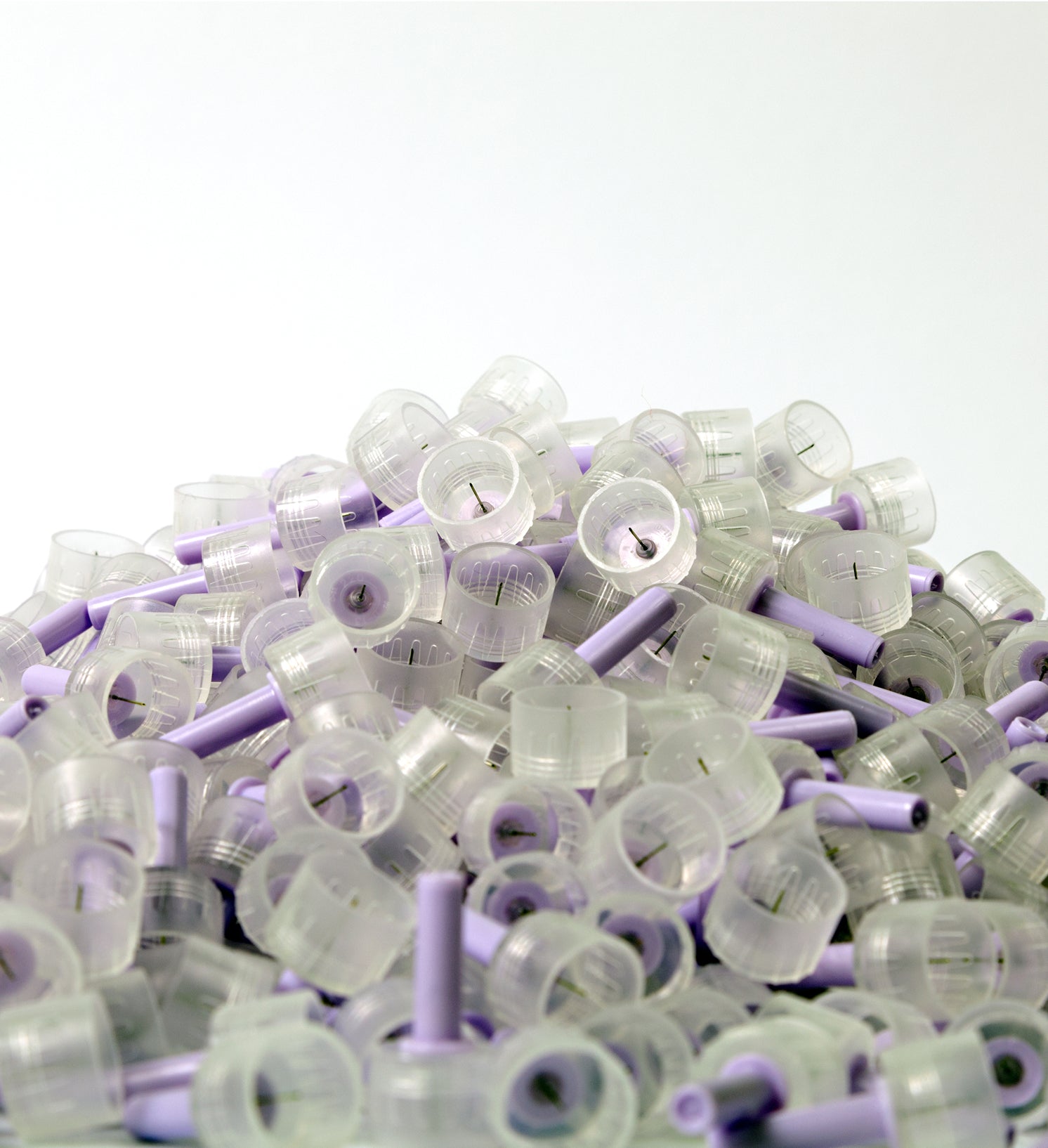
Better for the environment
- Sustainable: reusable device for up to 5,000 injections
- 1 nozzle replaces 56 insulin syringes or pen-needles












How does it work?
Applied to the skin, InsuJet™ delivers insulin in a thin jet injection that easily penetrates the skin, ensuring optimal distribution into the subcutaneous tissue.